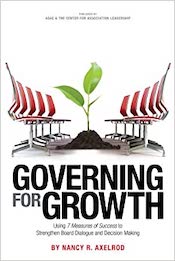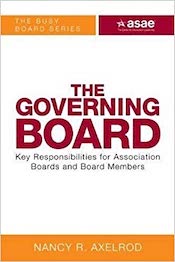
Measure What Matters:
How Google, Bono, and the Gates Foundation Rock the World with OKRs
by John Doerr
In this book, you will learn about OKRs, a management methodology to identify the most pressing issues in your organization, your department, your team, or in your own work, and get your people aligned and in action on them. It’s the management approach, in part, behind Google’s massive success and that of other businesses and nonprofits.
OKRs stands for “Objectives” and “Key Results.” An objective describes what’s to be accomplished. Key results are the measures to achieve the Objective and the benchmarks to monitor results.









